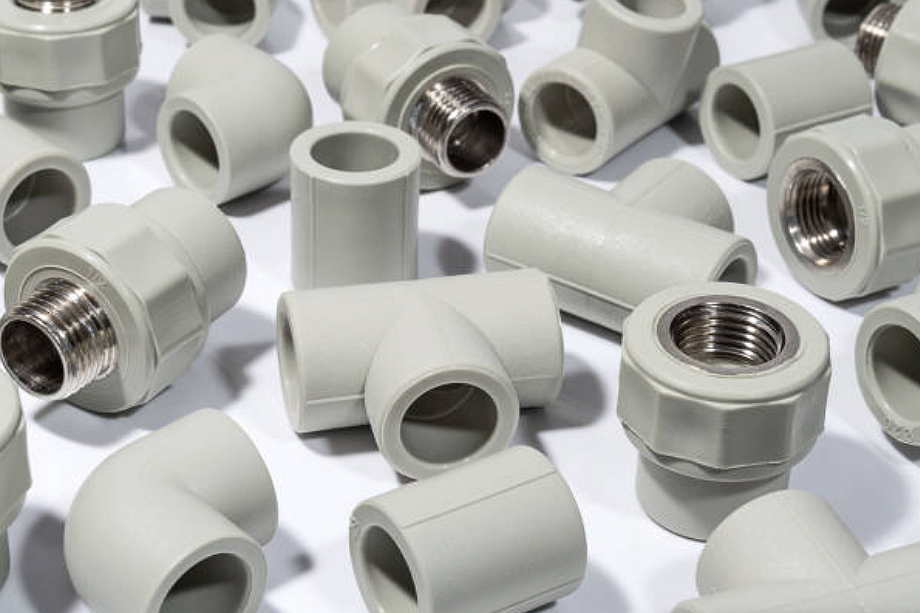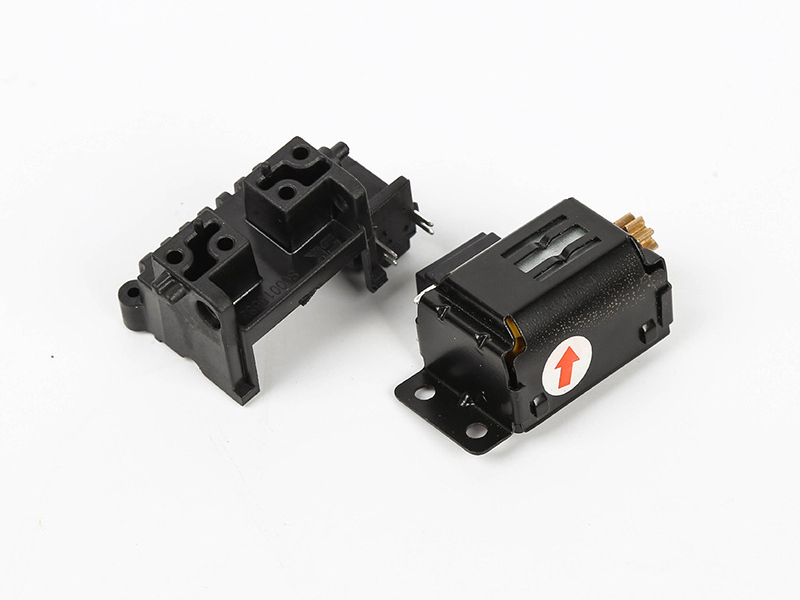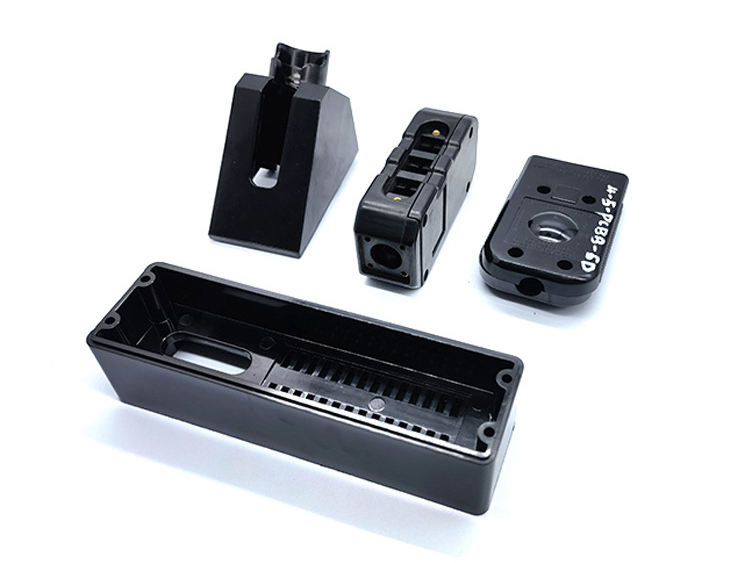Which Industries Can Benefit Most from Insert Molding?
Broad Industry Applications
Insert molding is a versatile manufacturing process that enhances part functionality and durability, making it ideal for industries where precision, reliability, and aesthetics are critical. Its ability to bond metal inserts with engineered plastics through a single molding cycle reduces assembly time, enhances mechanical strength, and minimizes defects—benefits that extend across multiple sectors.
Automotive and E-Mobility
In the automotive and e-mobility industries, insert molding is utilized to produce electrical connectors, gear components, and sensor housings that can withstand vibration, heat, and moisture. When combined with materials like nylon (PA) or PBT, the resulting parts deliver exceptional dimensional stability and thermal performance, ensuring long service life even under demanding operating conditions.
Medical Devices and Consumer Electronics
The medical device sector benefits from insert molding’s ability to produce sterile, ergonomic components such as handles, surgical tool grips, and implant housings. Its seamless integration of materials eliminates gaps that could harbor contaminants. Meanwhile, consumer electronics manufacturers leverage this process for USB ports, button interfaces, and reinforced structural components, enhancing both durability and design aesthetics.
Energy and Telecommunication
In the energy and telecommunication fields, insert molding is vital for producing high-precision insulated connectors and overmolded wiring assemblies. These parts resist corrosion and mechanical fatigue, especially when enhanced with coatings such as electroplating or nitriding for additional protection.
Power Tools and Locking Systems
Manufacturers of power tools and locking systems utilize insert molding to create robust joints between metal reinforcements and plastic housings. This combination ensures durability under repetitive stress and enhances the tactile experience of end users.
Prototyping and Material Innovation
By integrating prototyping services and advanced plastic injection molding, engineers can experiment with material combinations—such as thermoplastics, metals, and composites—to tailor performance for specific industrial needs.



